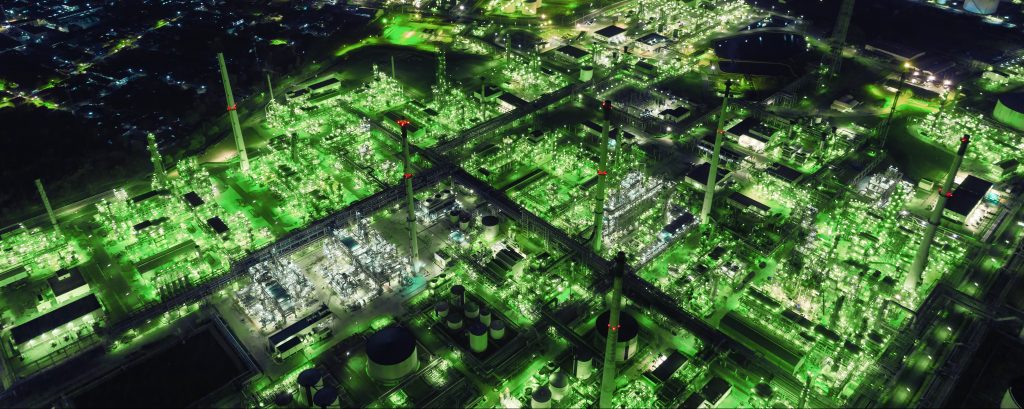Eurelectric and Energy-intensive industries call for an ambitious and comprehensive EU Industrial Strategy to enable industry’s contribution to the EU long-term GHG goals.

Brussels 28 November 2018 – Europe’s Energy-intensive (EIIs) and Electricity industries have responded to the European Commission’s call for contribution to the EU Long Term Strategy by commissioning or carrying out and publishing two critical reports, examining and explaining pathways and scenarios for long-term EU greenhouse gas (GHG) emissions reductions in industry andpower generation to enable the low-carbon transition.
deployment of these technologies required for achievement of net-zero emission economy by 2050.They furthermore describe scenarios for power demand across an increasingly electrified EU industry.
The two studies show that low carbon & carbon free electricity is, by a wide margin, the mostimportant resource needed for the GHG emissions reduction strategy of Energy-Intensive Industries.
Full execution of the pathways will require a very substantial increase of the overall amount of electrical power generation in Europe. The implications of this will need to be examined andunderstood by all stakeholders, and to support this, the Energy Intensive and Electricity industries areplanning further joint work to develop more detailed demand scenarios leading up to 2050.
Both reports make clear that a new and integrated EU industrial strategy is required to complete atransition to a low-carbon economy in the EU. The EIIs and Eurelectric propose the following toachieve an efficient and effective EU industrial policy:
- An ambitious RD&I programme within a new HorizonEurope Mission: Carbon-Neutral Industry and Low-CO2 Emission Industrial Processes, addressing the competitiveness challenges that energyintensive industries face in deploying transformational technologies, and providing adequatesupport for demonstration of advanced low-CO2 technologies to improve market readiness.
- Policies to enable the power industry to deliver globally competitive energy prices; including asufficient, reliable and competitively priced carbon neutral electricity supply to enable extensiveelectrification of industry.
- Development of a plan which maps the low-CO2 energy demand, supply and infrastructure needsby region and by time, to enable fully aligned strategies of industrial electrification and additional power generation.
- Financing mechanisms that help companies refurbish old industrial facilities and modernise production processes.
- Support for the creation of industrial clusters to achieve symbiosis, which is recognised as animportant tool in improving resource efficiency and reducing CO2 emissions of industrial facilities.
- Incentives for the use of public procurement and standards for products to develop the marketdemand for low CO2 products and processes, based on an appropriate life-cycle approach.
All of the industries will need very large sustained investment programmes spanning over threedecades to deliver the low-carbon transition. Throughout, Europe’s economy must be competitive inorder to thrive. Therefore, a coherent EU regulatory framework – encompassing climate, energy,industrial, trade and environmental policies – is a necessary precondition to ensure a global playingfield and support these investments.
Both reports, recently published by the industries, are to inform further development andimplementation of the European Commission’s Strategy for long-term EU greenhouse gas emissionsreductions. Energy-intensive and Electricity industries believe that by integrating the reports’ findingsand recommendations into the upcoming 2050 framework, the EU will be able to preserve andenhance industry’s role as a driver of the economic growth in Europe and leader in industrialinnovation, throughout this transition.
Notes
1. CEFIC, the European Chemical Industry Council, CEMBUREAU, the European Cement Association, CEPI, theConfederation of European Paper Industries, CERAME-UNIE, the Liaison Office of the European Ceramic Industry,EULA, the European Lime Association, EUROALLIAGES, the Association of European ferro-alloys and siliconproducers, EUROFER, the European Confederation of Iron and Steel Industries, EUROMETAUX, the European nonferrousmetals association, Fertilizers Europe, the major fertilizer manufacturers in Europe, FuelsEurope, theEuropean Petroleum Refining Association and Glass Alliance Europe, the European Alliance of Glass Industries
2. EURELECTRIC, the union of the European Electricity Industry,
3. VUB/IES: “Industrial Value Chain: A Bridge towards a Carbon Neutral Europe” Tomas Wyns, Gauri Khandekar,Isobel Robson, September 2018 https://www.ies.be/files/Industrial_Value_Chain_25sept.pdf
4. Eurelectric: “Decarbonisation Pathways” Part 1 June 2018 (https://cdn.eurelectric.org/media/3172/decarbonisation-pathways-electrificatino-part-study-results-h-AD171CCC.pdf) and Part 2 November 2018 (https://www.eurelectric.org/decarbonisation-pathways/)